Home>Garden Essentials>Where Do Radish Seeds Come From
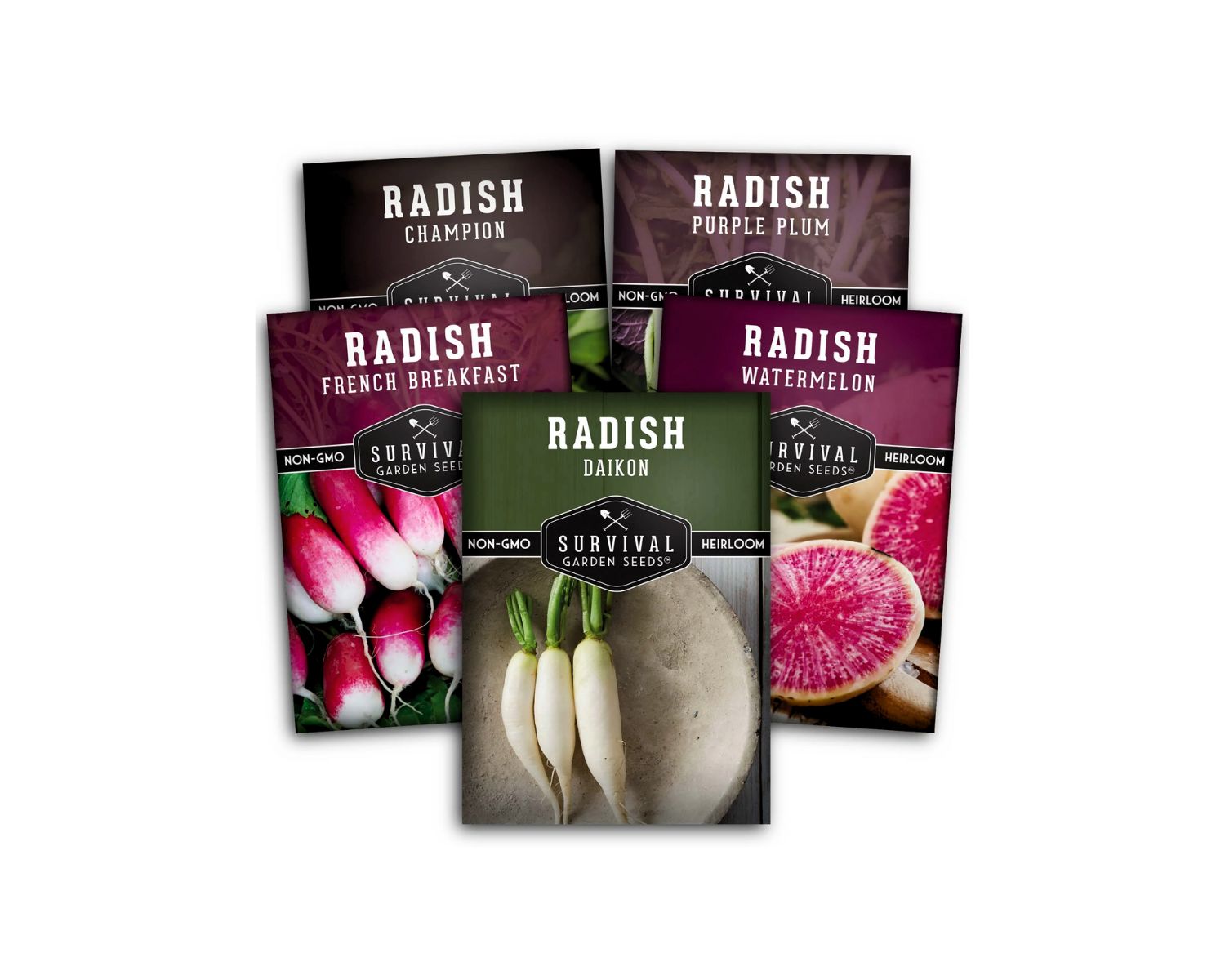

Garden Essentials
Where Do Radish Seeds Come From
Modified: April 22, 2024
Discover the origins of radish seeds in your garden. Explore how these tiny wonders come to life and thrive, providing you with delicious and nutritious harvests.
(Many of the links in this article redirect to a specific reviewed product. Your purchase of these products through affiliate links helps to generate commission for Storables.com, at no extra cost. Learn more)
Introduction
Welcome to the fascinating world of radish seeds! Have you ever wondered where these tiny powerhouses of life come from? In this article, we will explore the journey of radish seeds, from their formation to germination, and unravel the mysteries behind these remarkable plants.
Radishes are a popular root vegetable in many gardens, known for their crisp texture and peppery flavor. But before they become the tasty, vibrant roots we enjoy, radishes go through a complete life cycle, starting from a tiny seed.
Understanding the life cycle of a radish plant is key to successfully growing and harvesting radishes in your own garden. So, let’s dive into the intricate process and discover the origin of radish seeds.
Key Takeaways:
- Radish seeds go through a fascinating life cycle, from germination to seed production, before being harvested for future planting. Understanding this process is key to successful radish cultivation in your garden.
- Proper harvesting, cleaning, and storage of radish seeds ensures their longevity and viability for future plantings. By following these steps, you can enjoy a continuous supply of vibrant and delicious radishes in your garden.
Read more: Where Do The Sunflower Seeds Come From
The Life Cycle of a Radish Plant
The life cycle of a radish plant can be divided into several distinct stages, each with its own characteristics and requirements. Understanding these stages will help you make informed decisions when planting, caring for, and harvesting your radish crop.
1. Seed Stage: The life cycle of a radish plant begins with a small seed. Radish seeds are typically small, round, and black or brown in color. They contain all the necessary genetic information to grow into a mature plant. During this stage, the seed is dormant, waiting for the right conditions to germinate.
2. Germination Stage: When the environmental conditions are favorable, such as adequate moisture, warmth, and soil fertility, the radish seed will begin to germinate. The seed begins to absorb water, causing it to swell and the outer seed coat to crack open. A tiny white root, called the radicle, emerges from the seed and starts to grow downward into the soil.
3. Vegetative Stage: As the radicle grows, it develops secondary roots that spread out in search of water and nutrients. At the same time, the first set of leaves, known as cotyledons, emerge from the soil. These cotyledons provide nutrients to the growing plant until true leaves develop. During this stage, the focus is on vegetative growth, with the plant producing more foliage and roots.
4. Flowering Stage: As the radish plant continues to grow, it eventually reaches maturity and enters the flowering stage. At this point, a cluster of small flowers forms at the top of the plant. Radish flowers can vary in color, ranging from white to pink, depending on the variety. The flowers serve an important role in the reproduction of the radish plant.
5. Seed Production Stage: Following pollination, the flowers start to fade, and the plant shifts its energy towards producing seeds. The fertilized flowers transform into seed pods, which contain multiple seeds. As the pods mature, they change color and become dry and brittle.
6. Harvesting Stage: Once the seed pods are fully mature, it is time to harvest the radish seeds. The pods can be collected by gently shaking them or by manually opening them to retrieve the seeds. It is important to wait until the pods are completely dry to ensure the seeds are fully mature and viable.
7. Seed Dormancy Stage: After harvesting, radish seeds enter a period of dormancy. During this stage, the seeds are in a dormant state, waiting for favorable conditions to germinate. Proper storage is crucial to maintain the viability of the seeds during this period.
Now that we have explored the various stages of a radish plant’s life cycle, we can now delve into the fascinating process of how radish flowers are formed and how they develop into mature seeds.
The Formation of Radish Flowers
The formation of radish flowers marks an important stage in the life cycle of the plant. It is during this stage that the radish plant transitions from vegetative growth to reproductive growth, preparing for the production of seeds.
Radish flowers typically appear when the plant reaches maturity, which can vary depending on the variety and growing conditions. At the center of the flowering stage is a cluster of small flowers, held together by a central stem known as the inflorescence.
The formation of radish flowers is a fascinating process influenced by several factors, including genetics, environmental conditions, and the availability of pollinators. Let’s explore the steps leading to the development of radish flowers:
1. Flower Bud Initiation: As the radish plant reaches maturity, it undergoes a transition from vegetative growth to reproductive growth. This transition is triggered by a range of factors, including changes in temperature, day length, and hormone regulation within the plant. At this stage, flower buds start to form on the inflorescence.
2. Flower Bud Development: Once the flower buds have formed, they go through a growth process. The bud undergoes cell division and elongation, gradually taking on the shape of a flower. Inside the bud, all the necessary structures for reproduction, such as petals, stamens, and pistils, develop.
3. Flower Opening: As the flower buds mature, they start to open, revealing the vibrant colors of the petals. The opening of the flowers is largely influenced by environmental factors, such as temperature, sunlight, and humidity. Factors like proper hydration, nutrient availability, and healthy plant growth also contribute to successful flower opening.
4. Pollination: Pollination is a crucial step in the formation of radish flowers. Pollination can occur through various means, including wind, self-pollination, or with the help of pollinators such as bees, butterflies, or other insects. During this process, pollen from the stamens is transferred to the stigma of the pistil, enabling fertilization and seed development.
It’s important to note that some radish varieties are more likely to self-pollinate, while others require cross-pollination between different plants. Radishes that require cross-pollination often have mechanisms, such as differences in flower structure or timing, to prevent self-pollination.
5. Seed Development: Following successful pollination, the fertilized flower begins to develop into a seed pod. Inside the pod, fertilized ovules develop into radish seeds. As the seed pod matures, it changes color and texture, becoming dry and brittle.
Understanding the formation of radish flowers is not only intriguing but also essential for seed production. Proper pollination techniques and creating a favorable environment for flower development are vital to ensure a bountiful harvest of radish seeds.
Pollination and Seed Development
Pollination is a critical part of the reproductive process in radish plants. It is the mechanism by which the pollen grains from the stamen are transferred to the stigma of the pistil, allowing fertilization to occur. Successful pollination leads to the development of seeds within the radish plant.
Radishes can undergo both self-pollination and cross-pollination, depending on the variety and environmental conditions. Let’s explore the fascinating process of pollination and seed development in radish plants:
1. Self-Pollination: Some radish varieties have flowers that are self-fertile, meaning they have both male and female reproductive structures within a single flower. This allows the radish plant to self-pollinate and produce viable seeds without the need for external pollinators. The pollen from the stamen reaches the stigma within the same flower, leading to fertilization and seed development.
2. Cross-Pollination: Other radish varieties are cross-pollinated, meaning they require pollen to be transferred from the stamen of one flower to the stigma of another flower on a different plant. This process occurs with the help of external pollinators, such as bees, butterflies, or other insects. These pollinators inadvertently carry the pollen from one flower to another as they move from plant to plant in search of nectar. This cross-pollination ensures genetic diversity in radish populations.
For successful cross-pollination, it is important to have compatible radish plants in close proximity to each other. Additionally, the timing of blooming is crucial, as the flowers need to be receptive to receive the pollen. The distance between plants, availability of pollinators, and environmental conditions like wind and humidity can also influence cross-pollination rates.
3. Seed Development: After successful pollination, the fertilized ovule within the flower starts to develop into a seed. The ovule contains the embryo, which will grow into a new radish plant when conditions are favorable. As the seed develops, it absorbs nutrients from the parent plant, filling the seed coat and transforming into a mature seed.
The seed development process is influenced by several factors like temperature, moisture, and nutrient availability. Adequate water and nutrients are essential for the seed to develop and fill out fully. Additionally, the parent plant must have healthy and robust growth to provide the necessary resources for seed development.
Once the seeds have fully developed, the seed pods start to change color and become dry and brittle. This indicates that the seeds are mature and ready for harvest. Harvesting at the right time ensures that the seeds are viable and have a high germination rate.
Pollination and seed development are essential processes that contribute to the biodiversity and continuation of radish plants. By understanding the intricate interactions between flowers, pollinators, and seed development, gardeners can optimize their efforts in growing healthy radish plants and harvesting abundant, high-quality seeds.
Seed Maturation
Seed maturation is the final stage in the development of radish seeds. It is a critical process that determines the quality and viability of the seeds for future germination and plant growth. During this stage, the seeds undergo physiological and biochemical changes that prepare them for dormancy and long-term storage.
As the seed matures, several visible changes take place that indicate its readiness for harvesting. Here are some key aspects of seed maturation in radish plants:
1. Color and Texture: One of the noticeable changes during seed maturation is the transformation in color and texture. Radish seeds typically change from a pale white or greenish color to a more distinct dark brown or black shade. The seed coat also becomes hardened and drier, indicating the completion of the maturation process.
2. Seed Size: Throughout the maturation process, radish seeds continue to grow and fill in size. During this stage, the seed absorbs nutrients and water from the parent plant, resulting in an increase in size and weight. Fully mature radish seeds are plump and have a firm, solid feel when touched.
3. Loss of Water Content: Seed maturation involves the gradual loss of water content. This is an essential step as it reduces the metabolic activity within the seed, enabling it to enter a state of dormancy and reducing the risk of premature germination. The reduction in water content helps in preserving the seed’s longevity and viability during storage.
4. Development of Embryo: The embryo within the seed continues to develop during the maturation stage. The embryo is the young radish plant in its earliest stage, containing the future roots, stem, and leaves. A well-developed embryo is crucial for successful germination and the ability of the seed to produce a healthy radish plant.
5. Seed Coat Senescence: As maturation progresses, the protective seed coat undergoes senescence or aging. This allows the seed coat to be easily broken or dissolved during the germination process, enabling the embryo to emerge and begin growing.
The duration of seed maturation varies depending on the variety of radish and environmental conditions. Factors such as temperature, light exposure, water availability, and nutrient supply can influence the speed and efficiency of seed maturation.
It’s important to note that harvesting radish seeds at the correct stage of maturation is crucial to ensure optimal viability and germination rates. If seeds are harvested too early, they may not be fully mature and could have lower germination success. On the other hand, if seeds are left to over-mature or become dry and brittle, their viability may decrease.
Understanding the signs of seed maturation allows gardeners to harvest radish seeds at the ideal stage, maximizing their potential for successful germination and the growth of healthy radish plants in the future.
Radish seeds come from the flowers of the radish plant. After the flowers are pollinated, they produce seed pods that contain the radish seeds.
Read more: Where Do Seed Potatoes Come From
Harvesting Radish Seeds
Harvesting radish seeds is an exciting step in the gardening journey that allows you to enjoy the fruits of your labor and collect seeds for future plantings. When the radish plants have reached maturity and the seed pods have fully developed, it’s time to harvest the seeds. Here are the steps to effectively harvest radish seeds:
1. Timing: Proper timing is crucial when it comes to harvesting radish seeds. You want to wait until the seed pods have turned brown, dried out, and become brittle. This indicates that the seeds inside are fully mature. Harvesting too early can result in immature seeds that may not germinate well, while waiting too long can lead to seeds that shatter and are difficult to collect.
2. Observation: Regularly check the radish plants as they approach maturity to identify when the seed pods are ready for harvesting. Look for pods that have changed in color from green to brown or tan. Also, gently squeeze the pods to check if they are dry and brittle. If they crumble easily, it’s a sign that the seeds are mature.
3. Harvesting: To harvest the radish seeds, gently pluck the seed pods from the plants. You can either hold the pod and give it small taps to release the seeds into a container or carefully open the pod over the container to collect the seeds. Take care not to crush the pods or drop the seeds during this process. It’s also a good idea to have a clean and dry container or envelope ready to store the harvested seeds.
4. Threshing: After harvesting, you may need to separate the seeds from any remaining plant debris, such as pieces of the seed pod or chaff. One method to accomplish this is by using your hands to gently rub the seed pods between your palms, causing the dry seeds to separate. Alternatively, you can place the harvested seeds in a clean, dry container and gently shake it to help separate the seeds from the unwanted material.
5. Drying: Before storing the harvested seeds for long-term use, it’s important to ensure that they are completely dry. Spread the seeds out in a single layer on a clean and dry surface, such as a paper towel or a mesh screen. Allow them to air dry for about a week or until they are thoroughly dry. This will help prevent mold or mildew and maintain the seeds’ viability during storage.
6. Storage: Once the radish seeds are fully dried, transfer them into airtight containers or small envelopes. It’s important to label the containers with the variety and date of harvesting for easy reference. Store the containers in a cool, dry, and dark place, such as a refrigerator or a cool basement. Proper storage will help maintain the seed’s viability for future plantings.
Remember to only harvest seeds from open-pollinated or heirloom radish varieties, as seeds from hybrid varieties may not produce plants with the same characteristics. Harvesting and saving radish seeds not only ensures a continuous supply of radish plants but also allows you to preserve and share unique and cherished varieties.
With these simple steps, you can confidently harvest radish seeds and embark on a new gardening adventure with the potential for bountiful radish harvests for years to come.
Cleaning and Storing Radish Seeds
Cleaning and proper storage of radish seeds are essential steps to ensure the longevity and viability of the seeds for future plantings. Properly cleaned and stored seeds can retain their vitality and germination rates for several years. Follow these steps to clean and store your radish seeds effectively:
1. Cleaning: After harvesting the radish seeds, it’s important to remove any remaining plant debris or chaff. This can be done by gently winnowing the seeds. Hold the seeds in a container and lightly blow on them or use a fan to create a gentle breeze. The lighter debris will be carried away, leaving behind the clean seeds.
2. Drying: Before storing the seeds, ensure they are completely dry. Spread the cleaned seeds in a single layer on a paper towel or a mesh screen and allow them to air dry thoroughly. This drying process usually takes about a week. Avoid direct sunlight and excessively humid environments, as these can potentially damage the seeds.
3. Labeling: Properly labeling your radish seeds is crucial for easy identification and organization. Use small envelopes or containers and clearly mark them with the variety name and the date of harvest. This will help you keep track of the seed’s freshness and specific characteristics.
4. Storage Containers: Choose suitable containers for storing your radish seeds. Opt for airtight containers or resealable bags made of materials such as glass or plastic. These containers will help protect the seeds from moisture, pests, and other factors that can affect their viability.
5. Storage Location: Find a cool, dry, and dark place to store your radish seeds. A temperature range of 32-41°F (0-5°C) is ideal to maintain seed viability. A refrigerator or a cool basement are excellent storage options. Keep the seeds away from direct sunlight, excessive heat, and fluctuating temperatures, as these can reduce seed quality over time.
6. Seed Longevity: Radish seeds can remain viable for several years when stored properly. However, it’s important to note that the germination rates may decrease over time. To maintain high germination rates, it’s recommended to use the seeds within 2-3 years. Conducting a germination test before planting will help determine the viability of older seeds.
7. Record-Keeping: Keeping a record of your stored seeds can be helpful for future reference. Make a note of the variety, date of harvest, and any other relevant details. This record can guide your planting decisions, track seed longevity, and allow you to evaluate the success of future plantings.
Remember that maintaining proper storage conditions is crucial for preserving the quality and viability of your radish seeds. By practicing good cleaning and storage techniques, you can enjoy the benefits of your radish harvests year after year, ensuring a continuous supply of delicious radishes for your garden.
Germination and Growth of New Radish Plants
The germination and growth of new radish plants is an exciting process that allows you to witness the transformation of dormant seeds into thriving, leafy greens. Understanding the germination requirements and growth patterns of radish plants will help you provide the optimal conditions for successful cultivation. Let’s explore the steps involved in the germination and growth of new radish plants:
1. Germination: Radish seeds require specific conditions for successful germination. Start by selecting a well-draining soil mix or seed-starting medium. Moisten the soil before planting, ensuring it is damp but not waterlogged. Plant the seeds at a depth of about half an inch (1.3 cm) in rows or individual holes, keeping them evenly spaced.
2. Temperature and Light: Radish seeds germinate best in temperatures between 45-85°F (7-29°C). Find a location that provides consistent warmth, such as a greenhouse or a sunny windowsill. Radish seeds also prefer full sun to encourage healthy growth and development. If starting indoors, provide adequate light using grow lights if natural sunlight is limited.
3. Watering: Maintaining proper moisture levels is crucial during germination. Keep the soil consistently moist, but avoid overwatering, as excessive moisture can cause the seeds to rot. Use a misting spray or a watering can with a fine nozzle to lightly water the soil to prevent displacing the seeds.
4. Seedling Care: Radish seedlings will emerge within a few days to a week after planting, depending on the variety and growing conditions. Once the seeds have sprouted, provide them with adequate airflow and maintain consistent moisture levels. Thin the seedlings, if necessary, to provide adequate space for growth and prevent overcrowding.
5. Feeding and Fertilizing: Radishes are generally light feeders and do not require heavy fertilization. However, if your soil lacks nutrients, you can top-dress with organic compost or apply a balanced fertilizer during the early stages of growth. Be cautious not to over-fertilize, as this can result in excessive foliage growth instead of a mature root crop.
6. Growth and Harvest: As the radish plants continue to grow, you will witness the development of their characteristic lobed leaves and crunchy roots. The exact growth time for radishes depends on the variety, ranging from quick-growing varieties that are ready for harvest in as little as 20-30 days, to longer-maturing varieties that may take 60 days or more. Harvest the radishes when they reach the desired size and maturity, gently pulling them from the soil.
7. Succession Planting: Radishes have a relatively short growth cycle, making them ideal for succession planting. As you harvest the mature radishes, you can sow new seeds in their place, continuing the cycle of growth and harvest throughout the growing season.
Remember to practice good garden hygiene by removing any dead or diseased plants and regularly monitoring for pests. This will help maintain the health and vitality of your radish plants.
By understanding the germination process and growth requirements of radish plants, you can provide them with the ideal conditions to thrive. Enjoy the journey of watching your radish seeds transform into a vibrant, delicious crop and savor the satisfaction of growing your own fresh radishes.
Conclusion
From the humble radish seed to the flourishing radish plant, the journey of this remarkable vegetable is a testament to the marvels of nature. Understanding the life cycle, formation of flowers, pollination, seed maturation, harvesting, cleaning, and storage of radish seeds allows us to fully appreciate and harness the power of these tiny seeds for continuous growth and abundance.
Radish seeds hold the potential for vibrant and nutritious harvests in our gardens. Whether you’re a seasoned gardener or a beginner, exploring the intricacies of radish seed development empowers you to cultivate healthy plants and enjoy the fruits of your labor.
By following the proper procedures for germination, growth, and maintenance, you can ensure the successful growth of new radish plants. Provide them with the right environmental conditions, including suitable temperatures, adequate sunlight, and proper moisture. Take care to space and thin seedlings, and offer light feeding to support their development without overstimulating foliage growth.
As your radish plants mature and produce seeds, the process of harvesting, cleaning, and storing becomes essential. Harvesting at the right time, cleaning away debris, and allowing the seeds to dry thoroughly sets the stage for proper storage. Storing your radish seeds in a cool, dry, and dark place ensures their longevity and ability to yield healthy plants in the future.
Remember, gardening is a continual learning process. Observe and adapt to your specific growing conditions, experiment with different varieties, and embrace the joy and wonder of nurturing new life from a tiny seed.
So, the next time you sow your radish seeds, marvel at the vast potential they hold within. Appreciate the beauty of their flowers, the intricacy of their pollination, and the transformation of seeds into a bountiful harvest. With each new season, your garden will come alive with the vibrant colors and flavors of radishes, creating a connection between you and the natural world.
So, go ahead and embark on your radish-growing adventure, knowing that you possess the knowledge to cultivate these incredible plants from seed to table. Enjoy the process, savor the rewards, and embrace the wonders of nature’s cycles through the journey of radish seeds.
Frequently Asked Questions about Where Do Radish Seeds Come From
Was this page helpful?
At Storables.com, we guarantee accurate and reliable information. Our content, validated by Expert Board Contributors, is crafted following stringent Editorial Policies. We're committed to providing you with well-researched, expert-backed insights for all your informational needs.
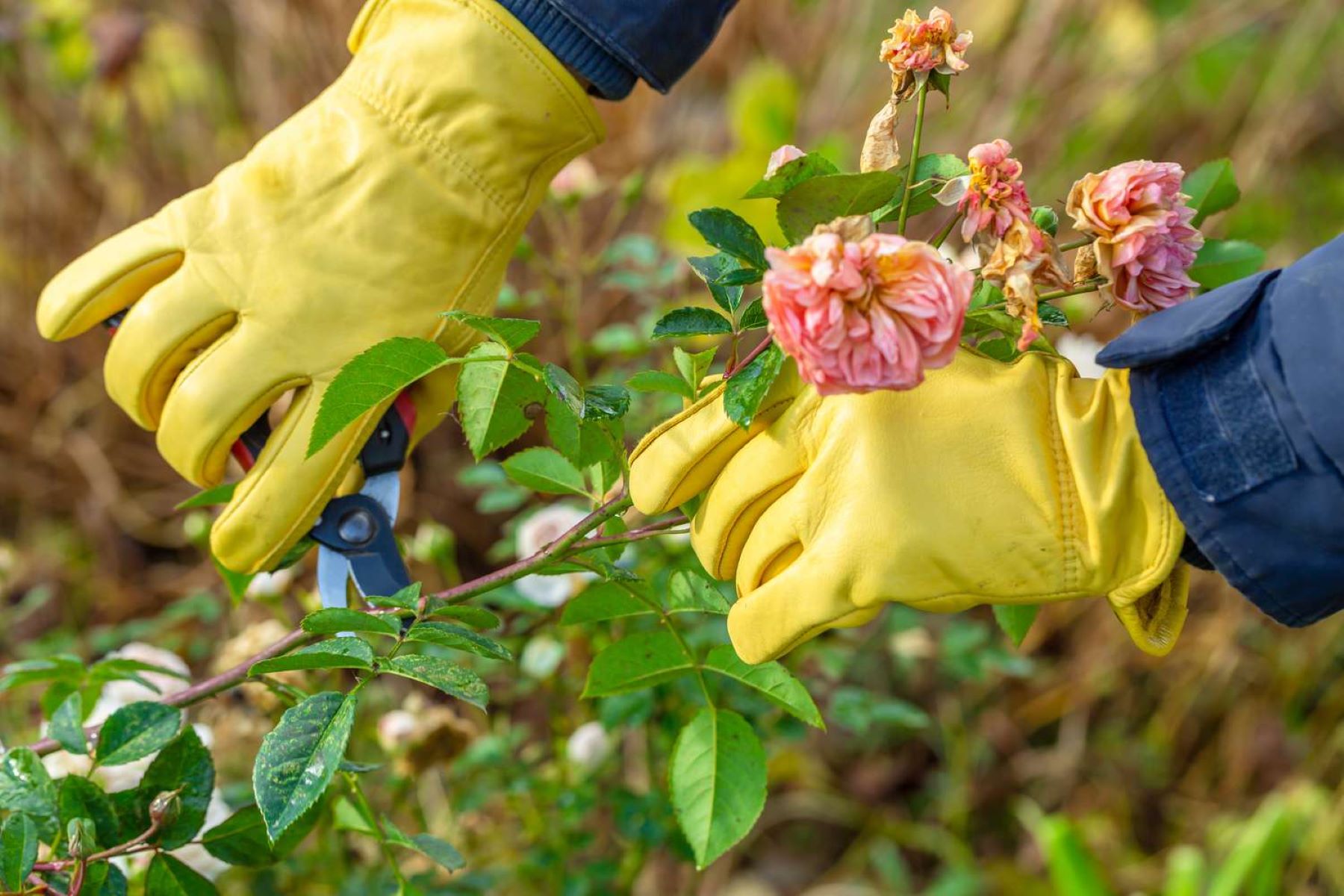

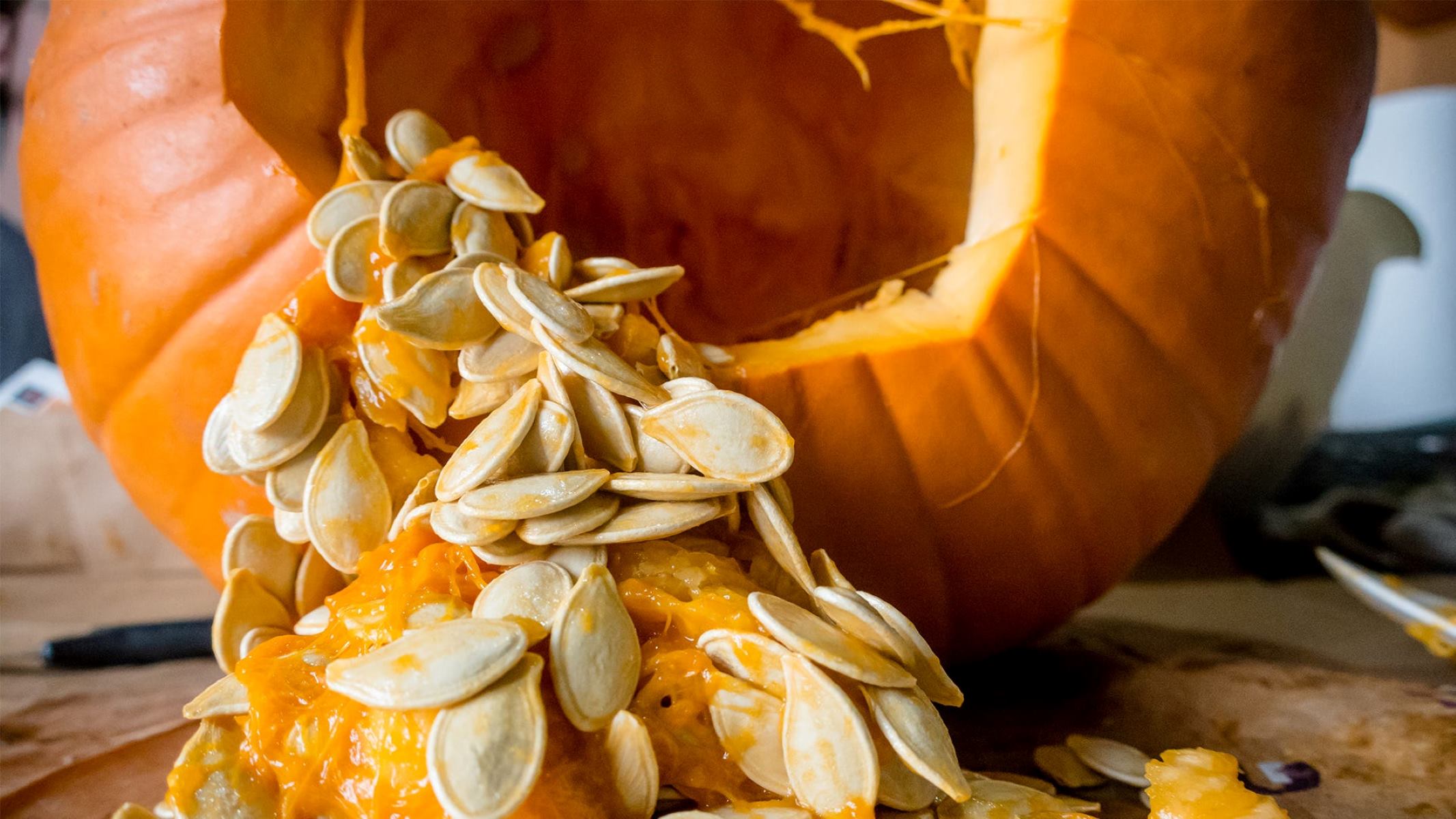
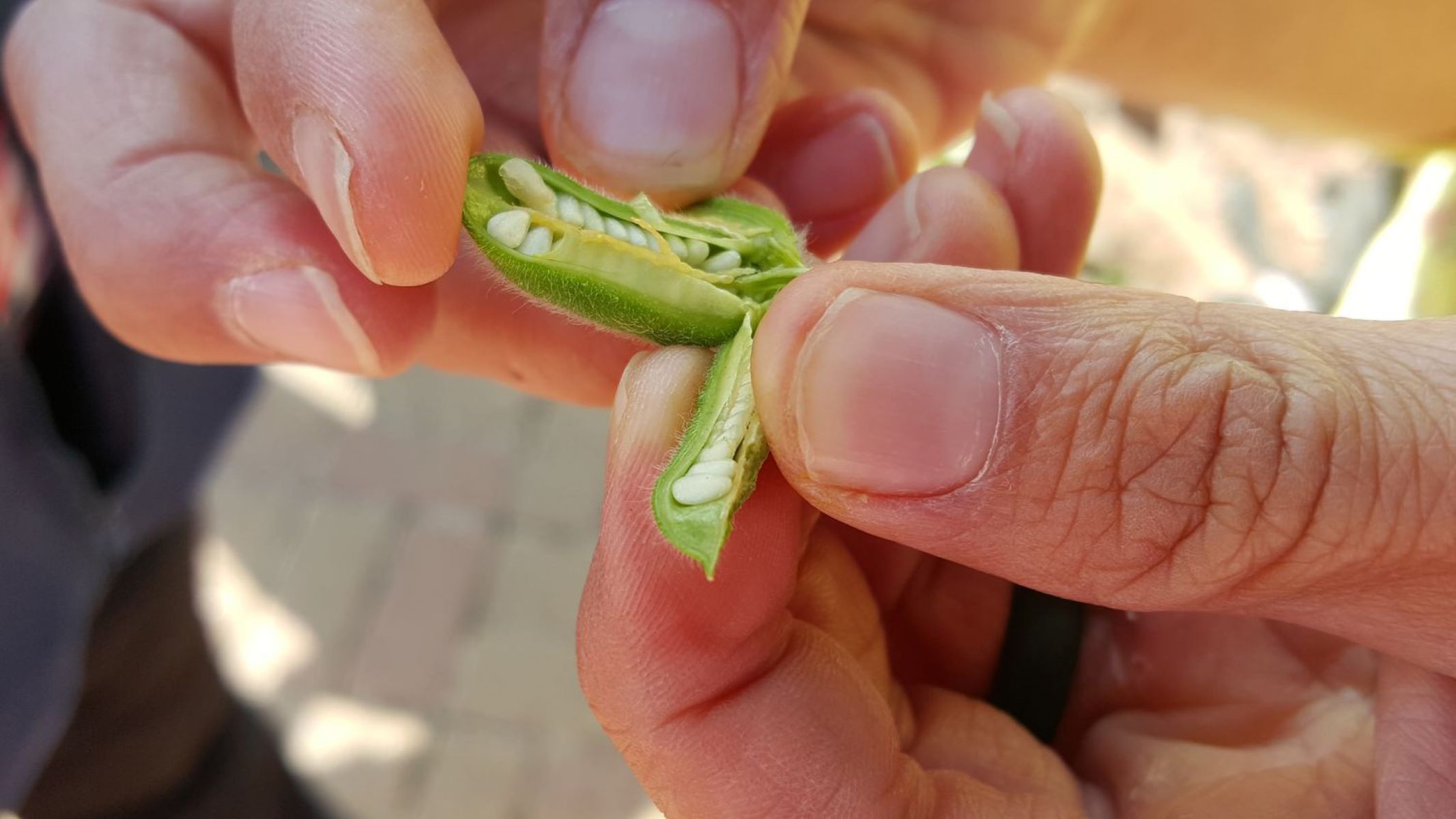
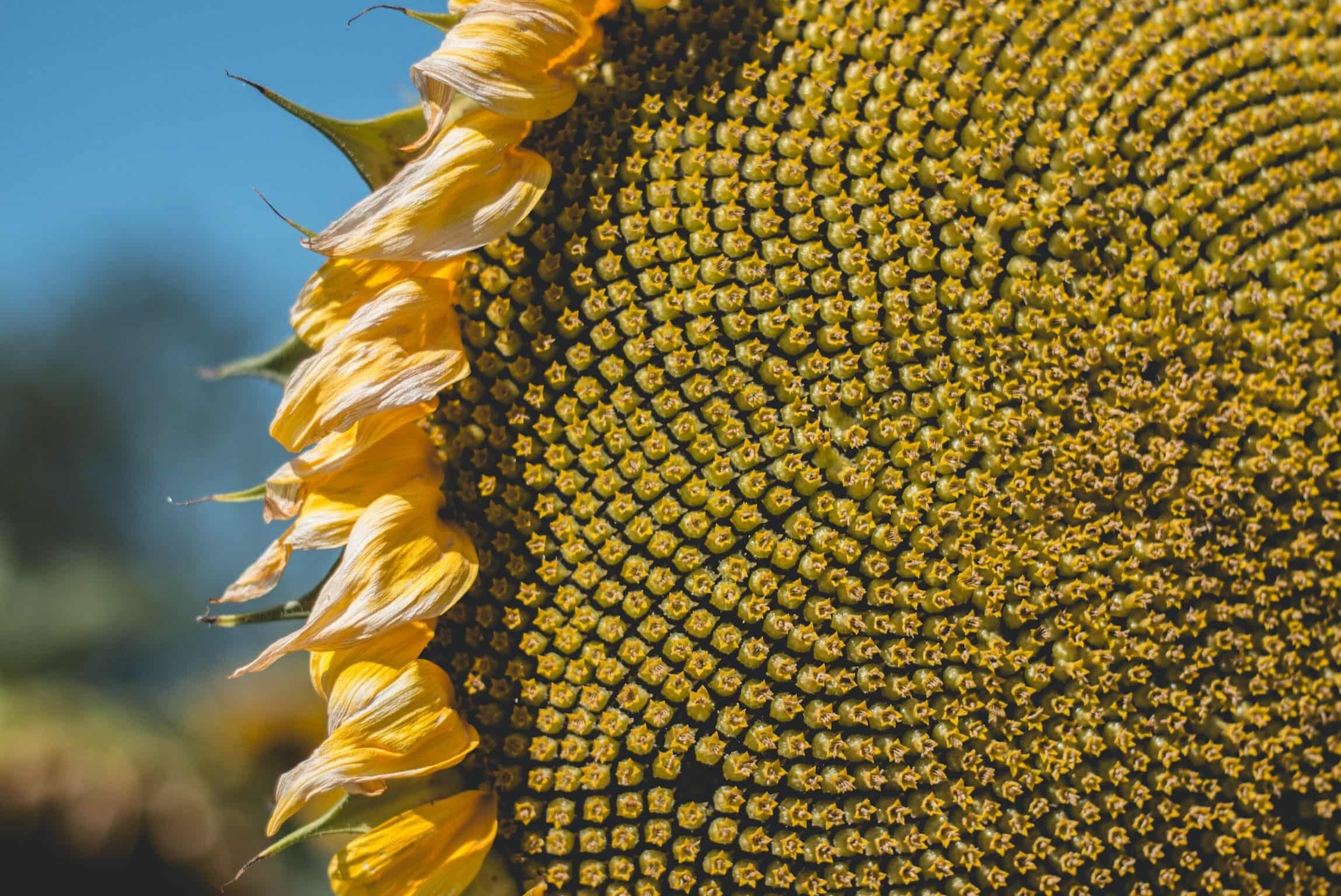
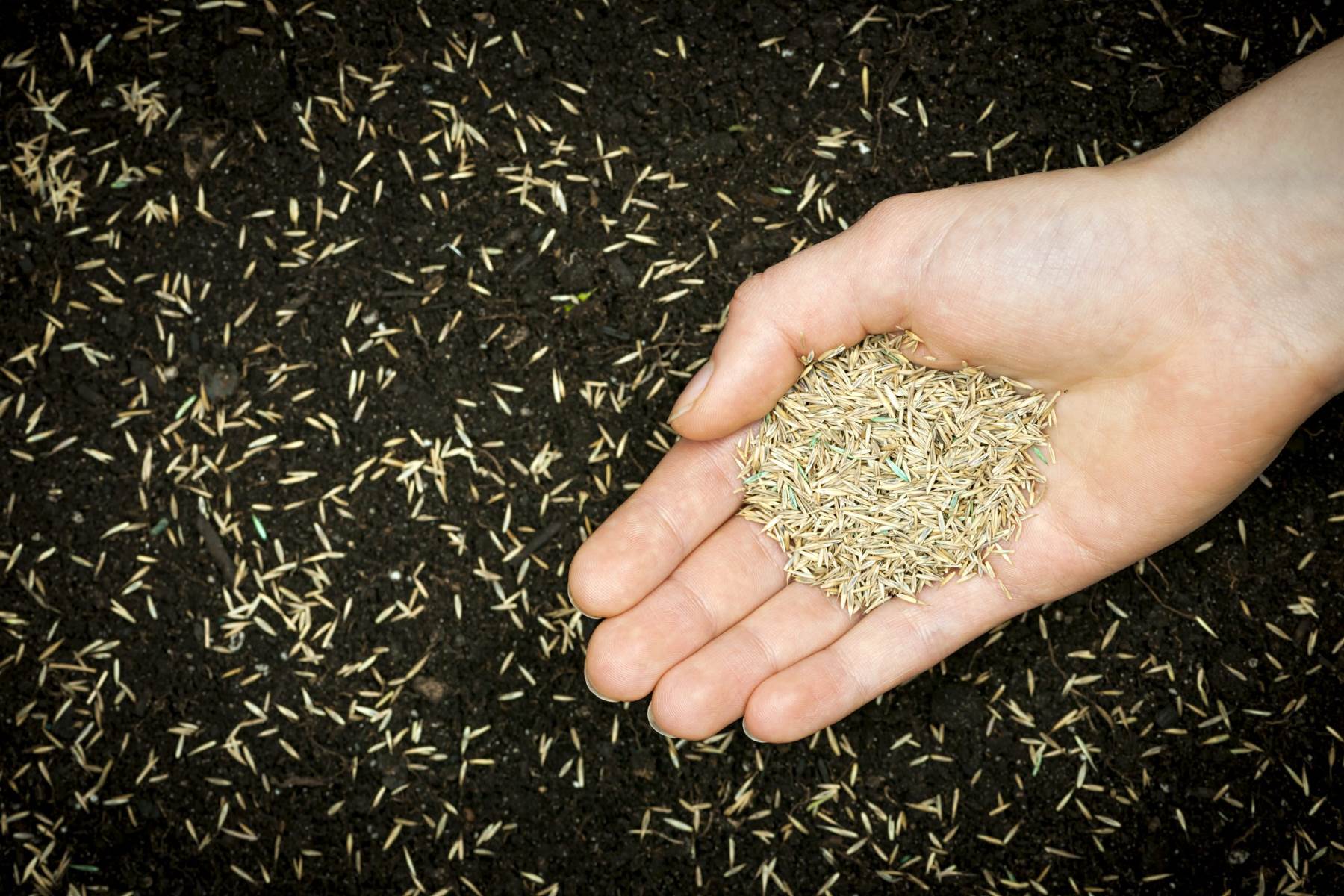
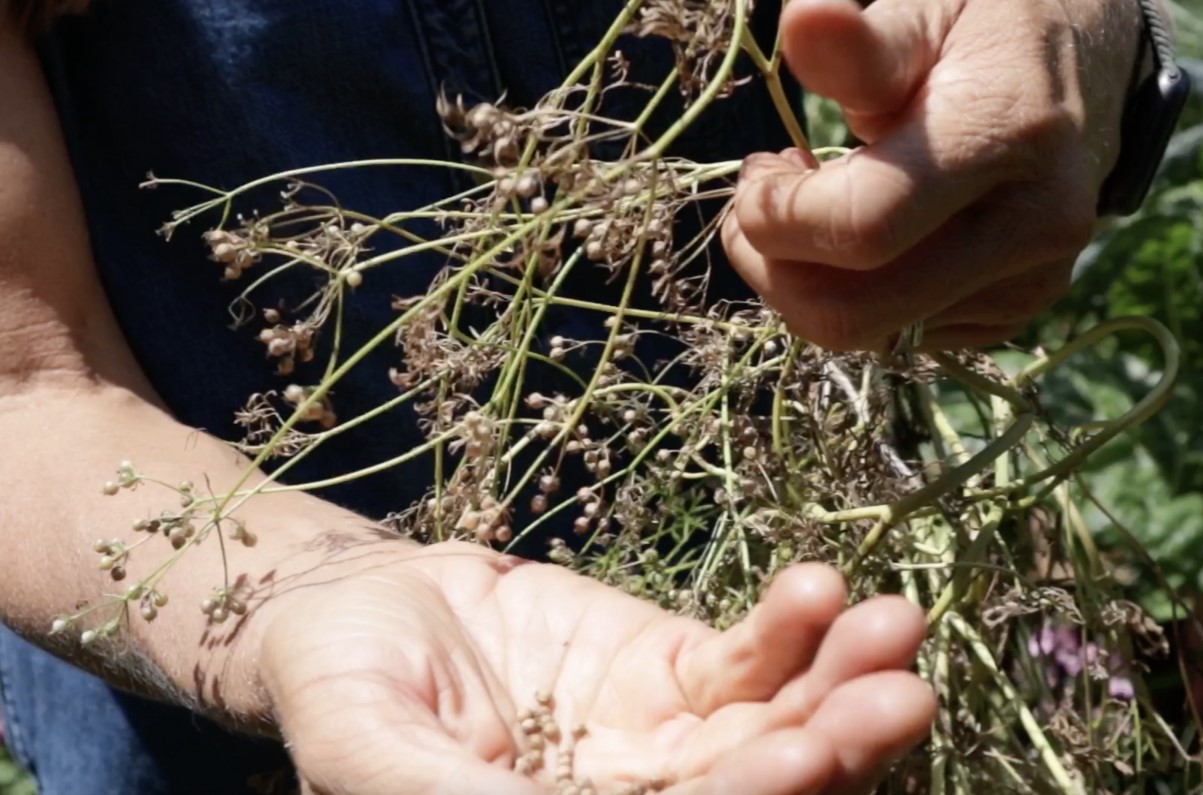
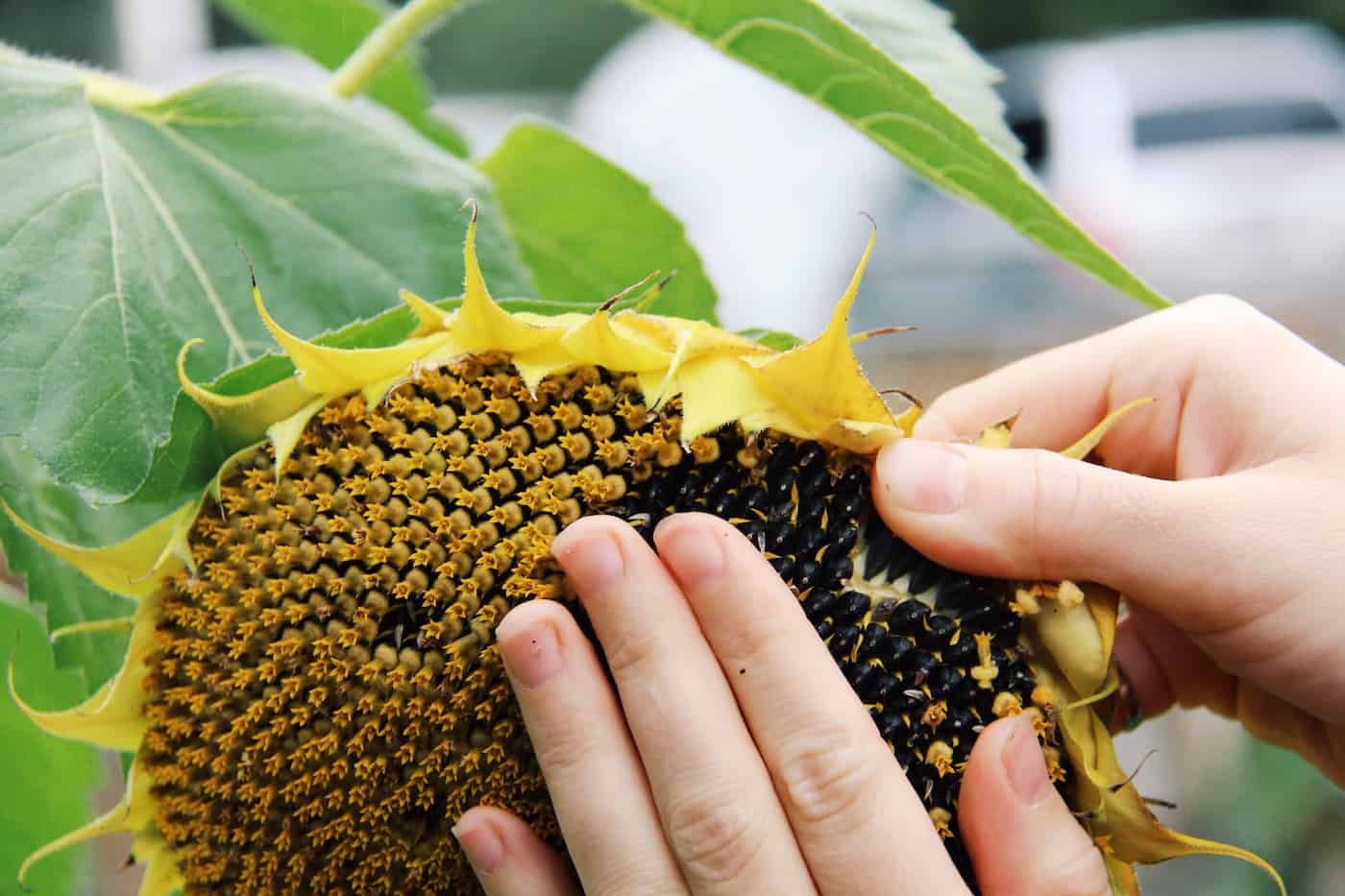
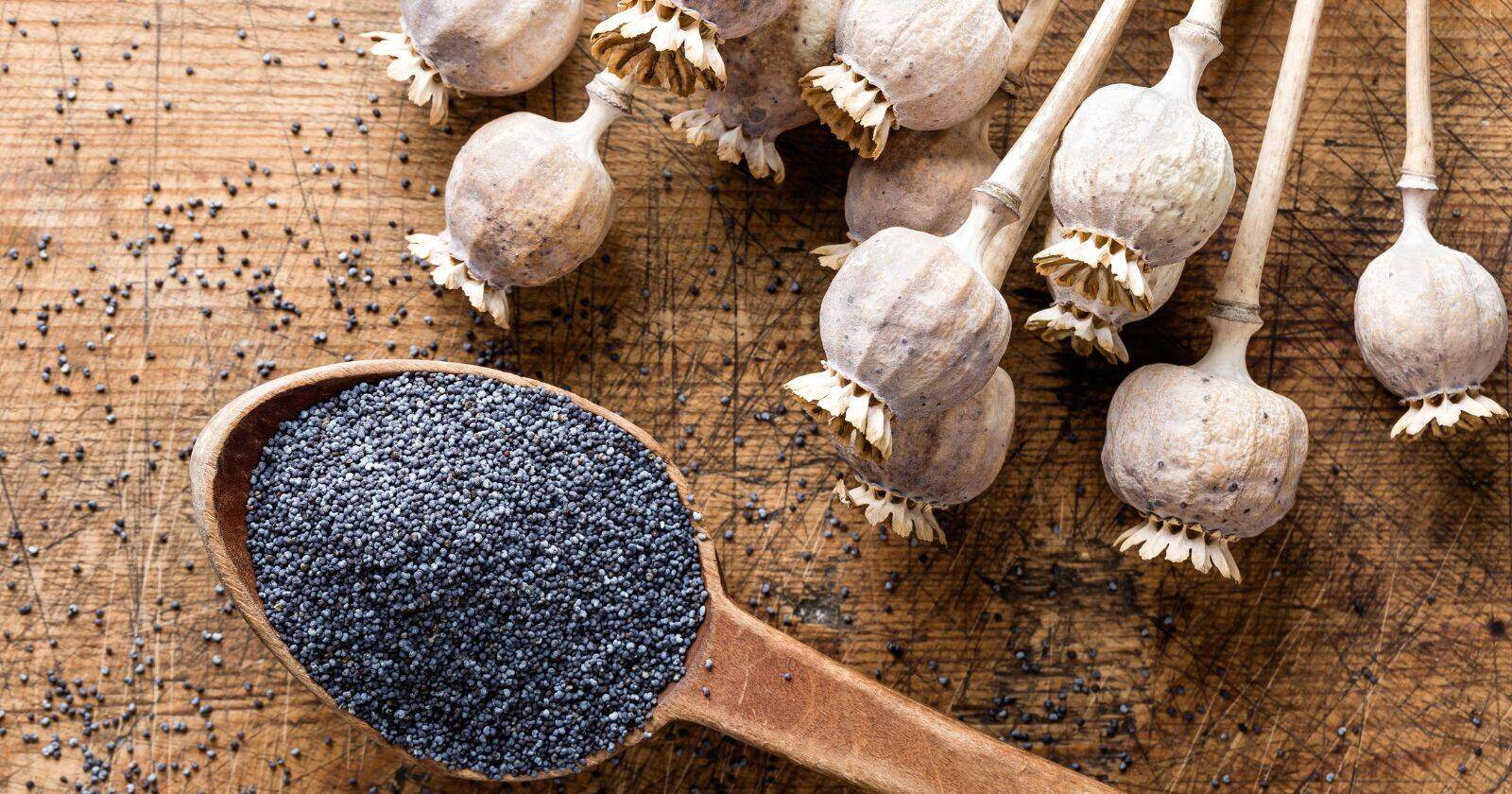
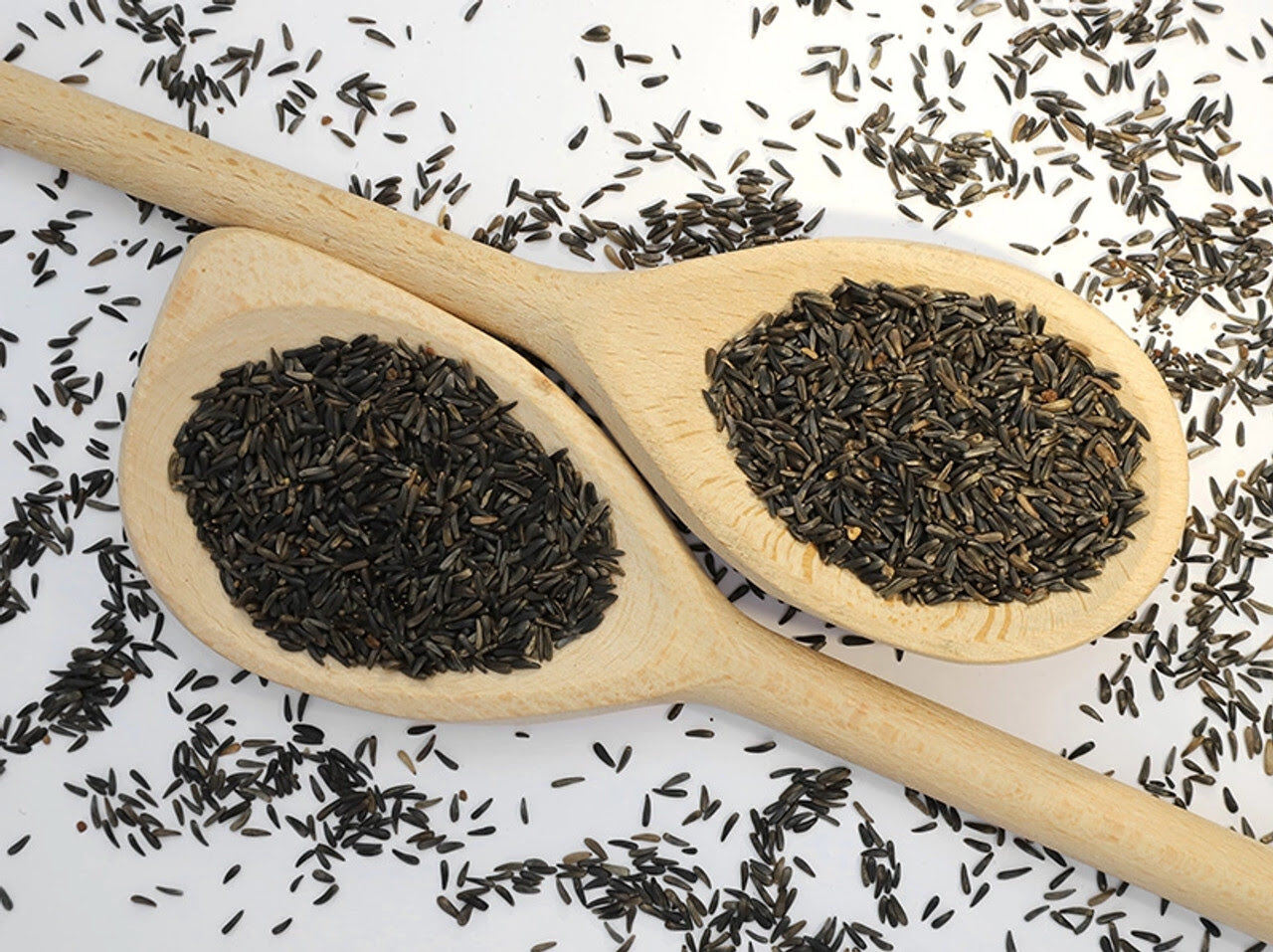
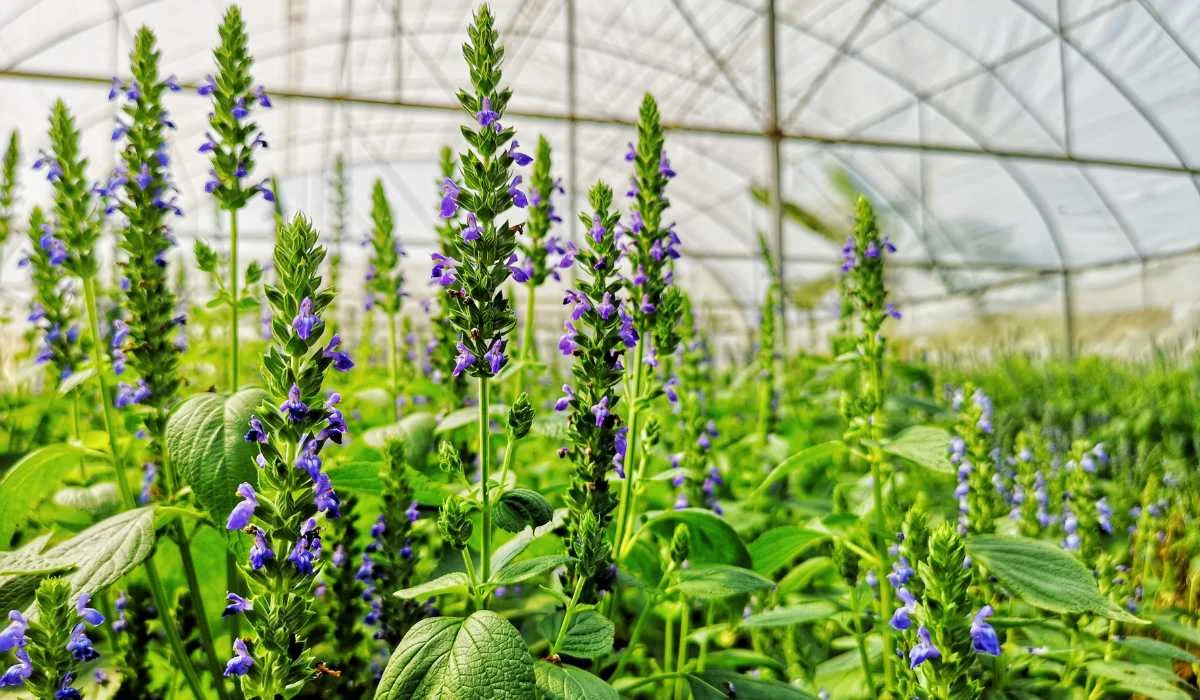
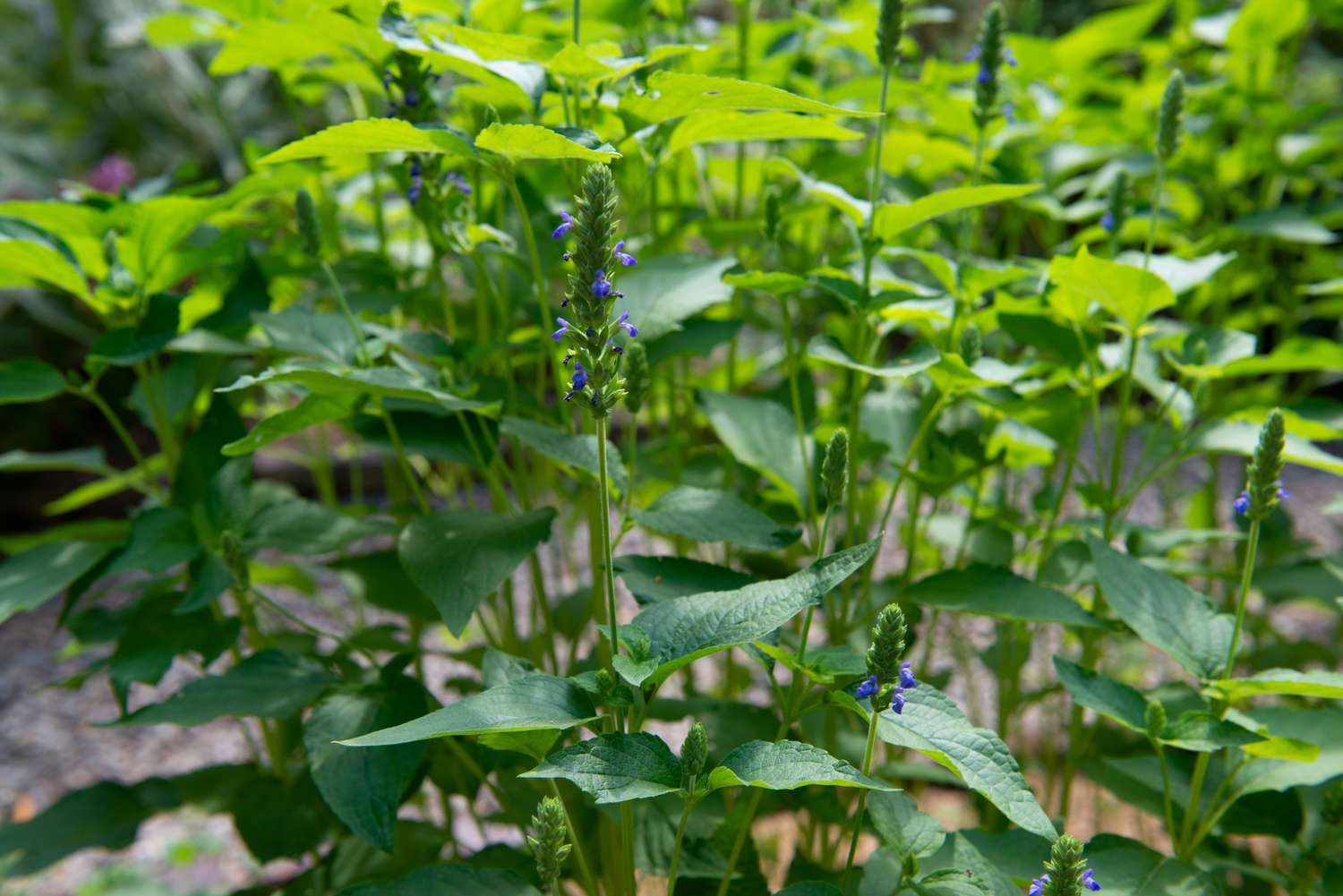
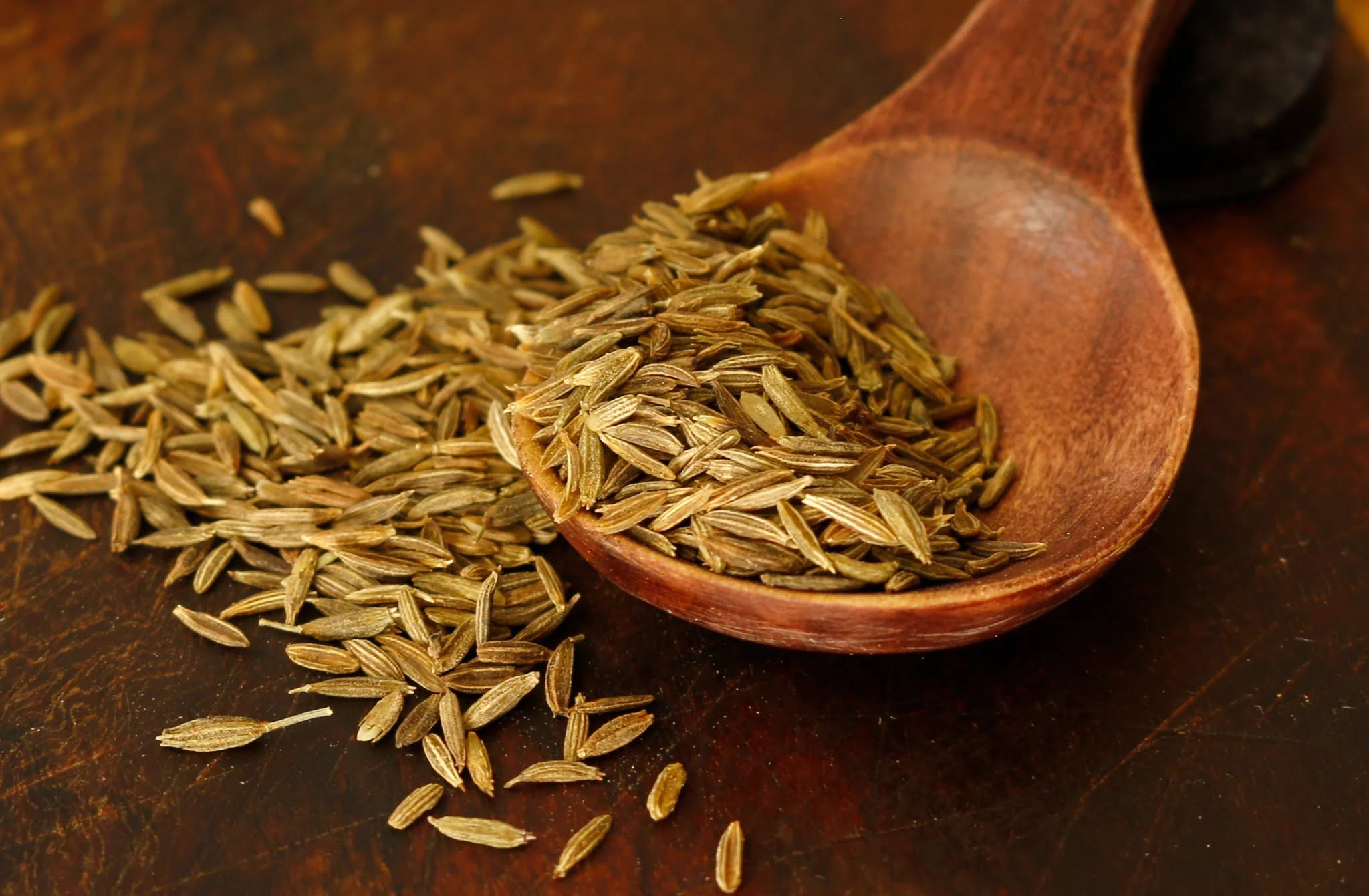
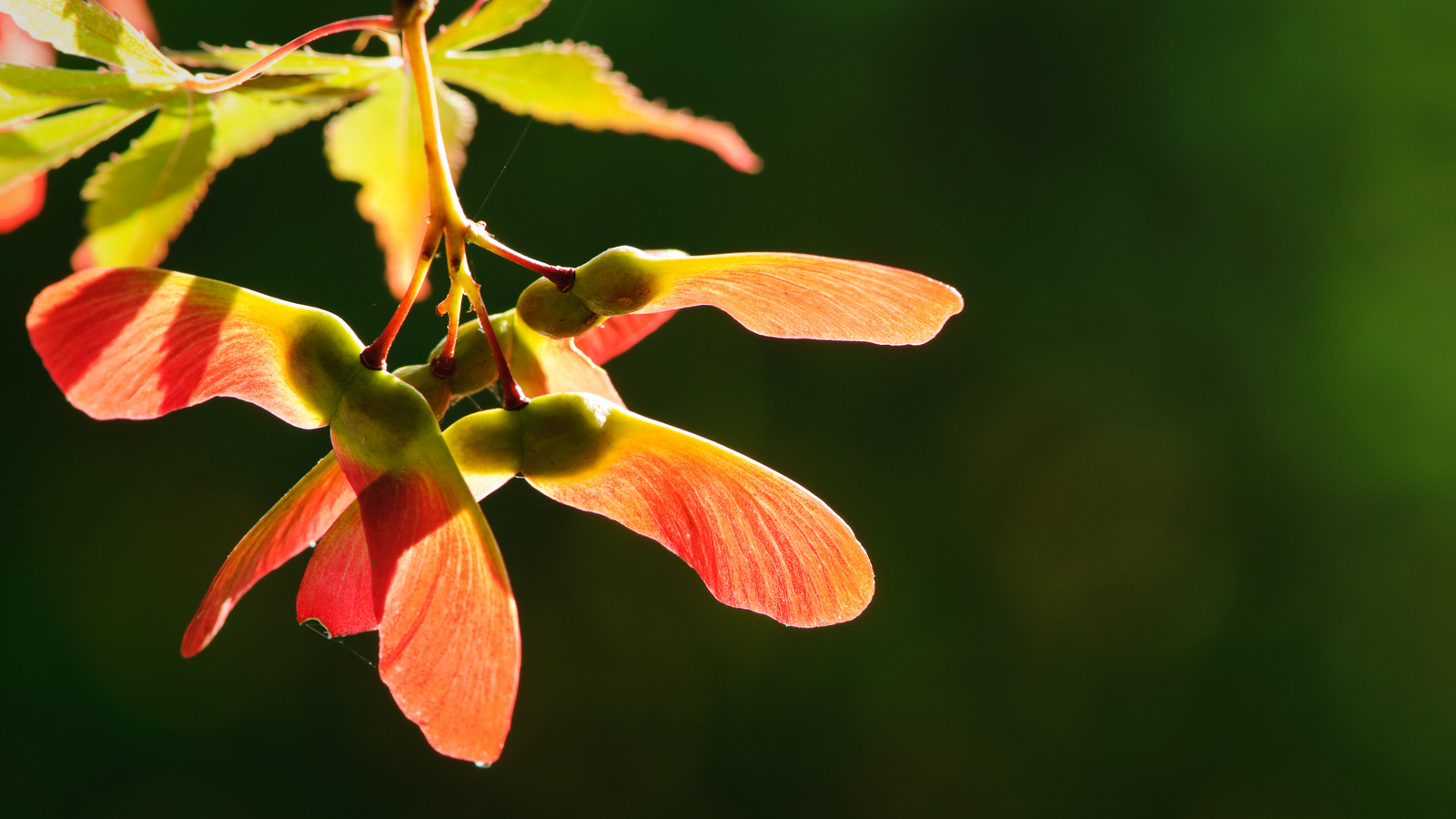

0 thoughts on “Where Do Radish Seeds Come From”